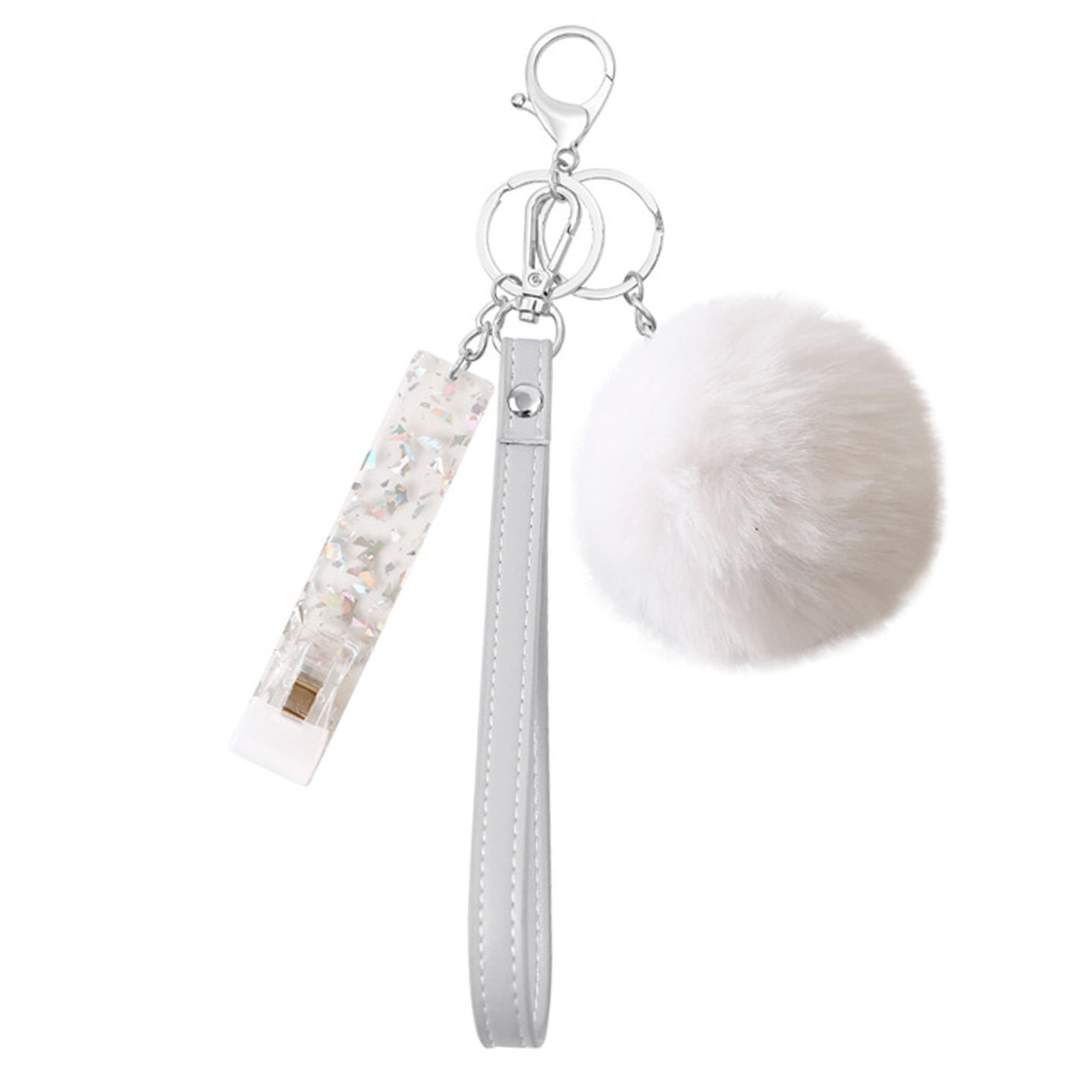
They are designed to be easy to use, easy to remember, easy to transfer, and to be vividly effective when used on a wide variety of topics." "Thinking routines are short, engaging, two-or-three-step patterns of intellectual behavior that are highly transferable across contexts. We use the Thinking Routine entitled "Parts, Purposes, Complexities", created by AgencybyDesign in Oakland: After they have had time to ideate, have them journal their thoughts, using a combination of sketches and descriptions.
#Card grabber for long nails diy skin#
What is going on beneath the skin that lets their fingers move? Let them work in groups, or start a single class discussion. With 7-8 Grade, you can challenge students to spend 5–10 minutes examining their hands, and imagining their inner workings. Always provide mats for cutting on tables. Exercise caution when handling hot glue guns, scissors, cardboard cutters and exacto knives.They should only turn to the teacher for help after they have sought each other for advice. Students should work together to overcome setbacks by sharing design ideas.If space allows it, keep an ongoing supply of recycled cardboard in your class, with different sizes readily available for the students.Rubber bands and pipe cleaners are common items that students ask for. We accommodate them as much possible, so as not to stifle their creativity. Students may want/need extra materials for their designs.Bandage scissors are great for cutting cardboard, and are safer than utility knives.

However, students who show the initiative and enthusiasm to use other materials, and have the means to do so, should be encouraged to go forward with their plans (see Cardboard Grabbers with Older Students). We use cardboard for this project because it is cheap and plentiful. This activity can be completed within one class (or, depending on the desired level of complexity, can be extended), is low cost and is overall a low floor, high ceiling activity that allows a certain amount of iteration and design. Our Middle School Making Teacher piloted a “Grabber Challenge”, in which the 7th graders competed in making a grabber that could pick up the most objects. This project was introduced to the Creativity Lab by artist Jeremiah Jenkins. This is a crucial element of this project, and should not be viewed as merely supplemental! We encourage you to customize this project to the needs of your class, but maintain the ideal of students’ learning through exploring. Students should learn through the iterative process of design, test, and redesign. This project is designed to give students ownership of their learning by offering minimal instruction.

Using simple materials, students will design and build their own visions of what a hand should be, and test the functionality of their machines by lifting an assortment of objects. How does a human hand work? How do tendons and joints work together to manipulate fingers? What are the design strengths of a human hand? What are the weaknesses?īuilding cardboard grabbers challenges students to think critically about mechanical design.


 0 kommentar(er)
0 kommentar(er)
